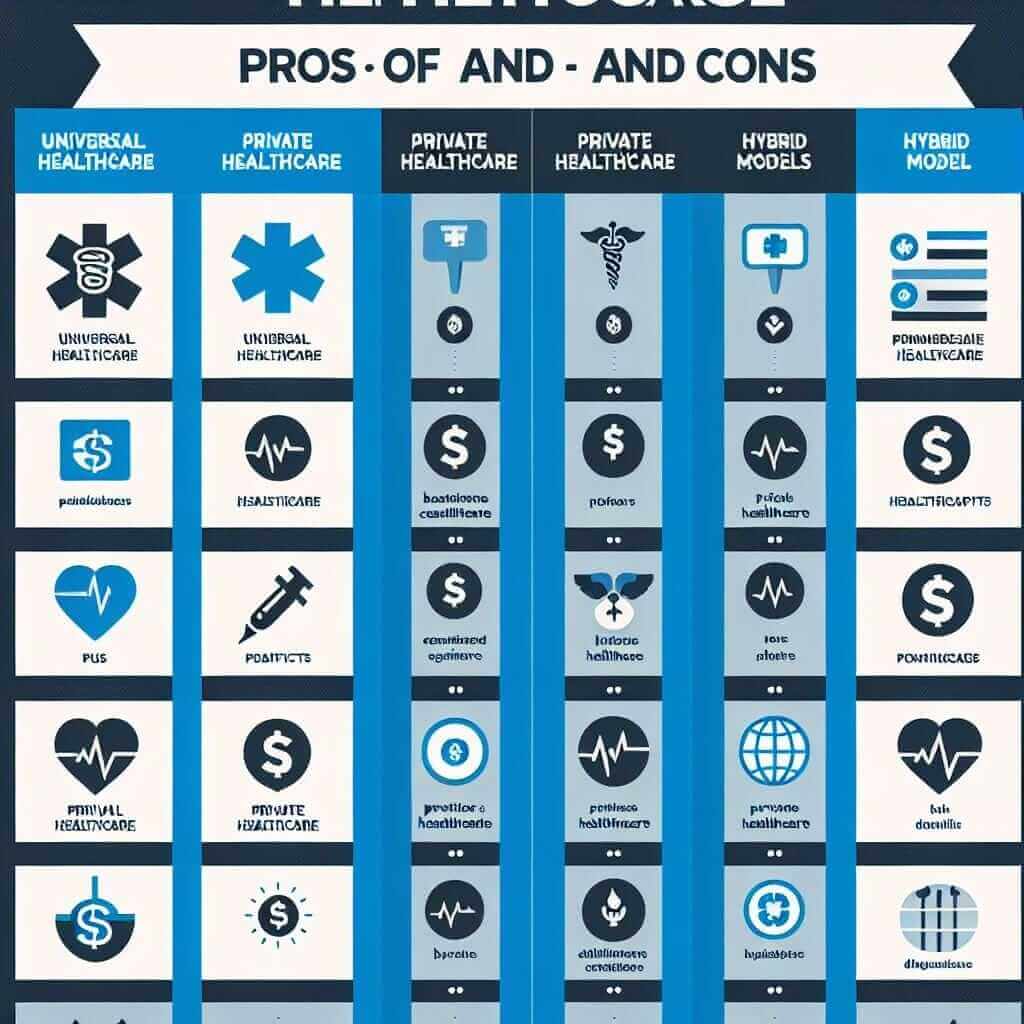The Importance of Agree or Disagree Essays in IELTS
The IELTS Writing Task 2 often presents you with an opinion or statement and asks you to “To what extent do you agree or disagree?”. This essay type is incredibly common and tests your ability to:
- Formulate and articulate a clear opinion: Can you take a stance and defend it?
- Develop logical arguments: Are your reasons for agreeing or disagreeing well-reasoned and supported?
- Use evidence effectively: Can you back up your claims with relevant examples and illustrations?
- Structure an academic essay: Are your ideas presented in a cohesive and organized manner?
Mastering this essay type is crucial for achieving a high band score in your IELTS Writing exam.
Deconstructing the Agree or Disagree Essay
1. Understanding the Prompt
Before you even start brainstorming, make sure you fully understand the prompt. Read it carefully, underlining key words and phrases. Ask yourself:
- What is the main issue being discussed?
- What am I being asked to agree or disagree with?
- Do I need to completely agree/disagree, or is there room for nuance?
2. Choosing Your Stance
While you might feel swayed to choose the side you personally agree with, sometimes the stronger argument lies on the opposing side. Consider both perspectives before committing. Remember, it’s more important to present a well-reasoned argument than to force an opinion.
3. Structuring Your Essay
A typical agree or disagree essay follows a four-paragraph structure:
Introduction:
- Briefly introduce the topic.
- Clearly state your opinion (agree, disagree, or partially agree).
- Outline the main points you will discuss.
Body Paragraph 1:
- Present your strongest argument supporting your stance.
- Provide relevant examples and evidence.
Body Paragraph 2:
- Present your second strongest argument.
- Again, support it with examples and details.
Conclusion:
- Summarize your main points.
- Restate your opinion in a clear and concise manner.
4. Using Effective Language
- Clear and Concise Language: Avoid using overly complex vocabulary or grammar. Focus on conveying your ideas clearly.
- Formal Tone: Maintain a formal tone throughout your essay. Avoid slang, contractions, and personal anecdotes.
- Transition Words: Use a variety of transition words and phrases (e.g., furthermore, however, in conclusion) to connect your ideas smoothly.
- Academic Vocabulary: Demonstrate your range of vocabulary by using relevant academic words and phrases.
Example: Agree or Disagree Essay
Prompt: Some people believe that the government should provide free healthcare for all citizens. To what extent do you agree or disagree?
Essay:
It is a common belief that governments should guarantee free healthcare for everyone. While I agree that accessible healthcare is essential, I disagree that making it completely free is the most effective solution.
Firstly, funding free healthcare for all citizens would place a significant strain on government budgets. The cost of providing medical services, infrastructure, and staff is enormous. This financial burden could lead to cuts in other crucial sectors, such as education or infrastructure, ultimately harming the overall well-being of citizens. For instance, in countries like Canada, which boasts universal healthcare, long wait times for specialist appointments and limited access to certain treatments are common issues due to budgetary constraints.

Secondly, a free healthcare system might discourage personal responsibility for health. When individuals don’t bear any financial responsibility for their medical expenses, they may be less inclined to adopt healthy lifestyles. This could lead to an increase in preventable diseases and further strain on the healthcare system.
In conclusion, while I firmly believe in equal access to healthcare, I disagree that making it entirely free is the optimal solution. A more sustainable approach would involve government subsidies, affordable insurance schemes, and promoting individual responsibility for maintaining good health.
Tips for Success
- Practice Regularly: The more you practice writing agree or disagree essays, the more confident you will become.
- Get Feedback: Ask your teacher or a language partner to review your essays and provide constructive criticism.
- Read Model Essays: Analyze high-scoring agree or disagree essays to understand the structure, language, and arguments used.
- Time Management: Practice writing your essays within the time limit so you can complete both tasks effectively during the exam.
By following these strategies and dedicating time to practice, you can confidently tackle agree or disagree essays and achieve your desired IELTS Writing score.